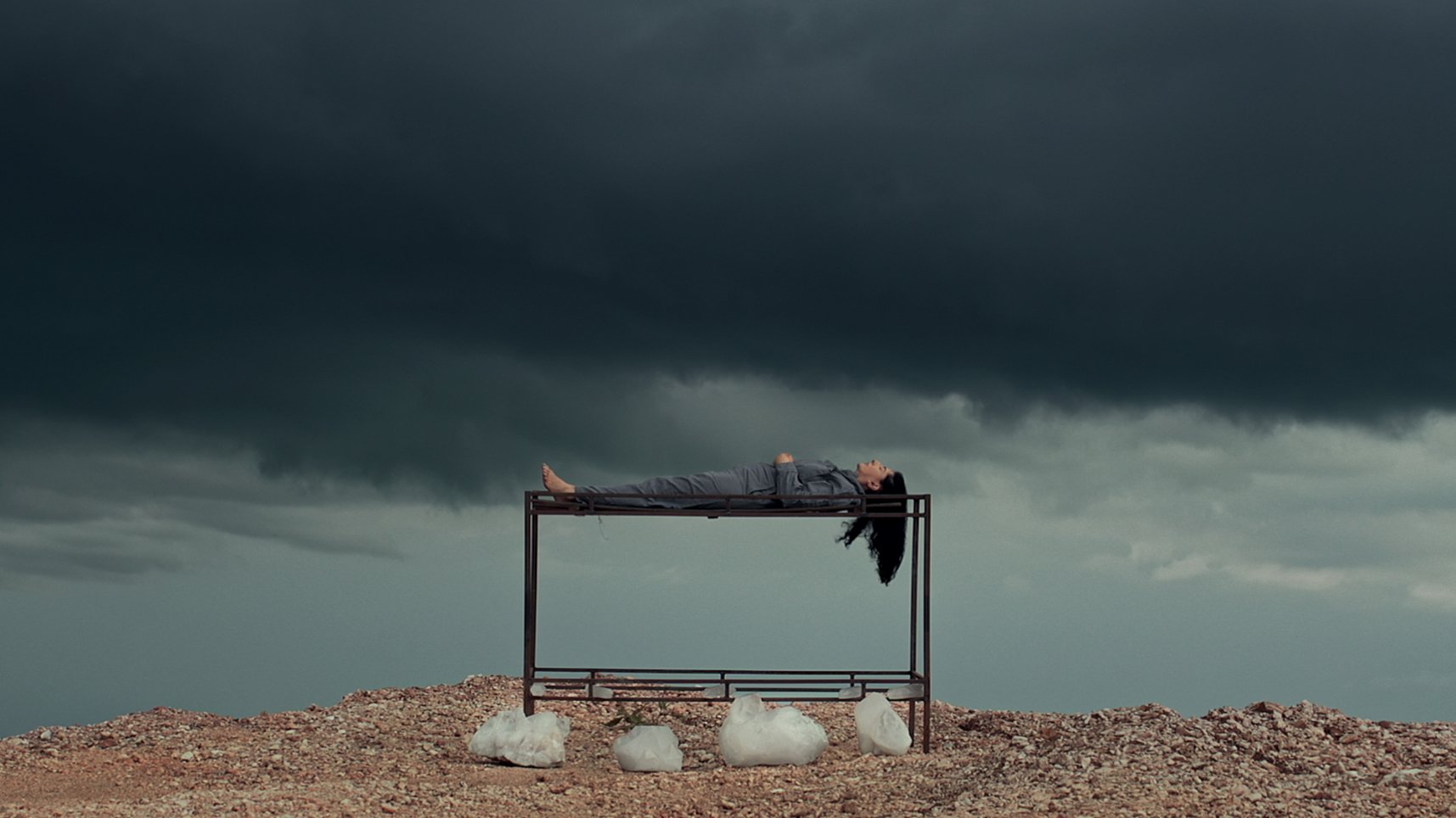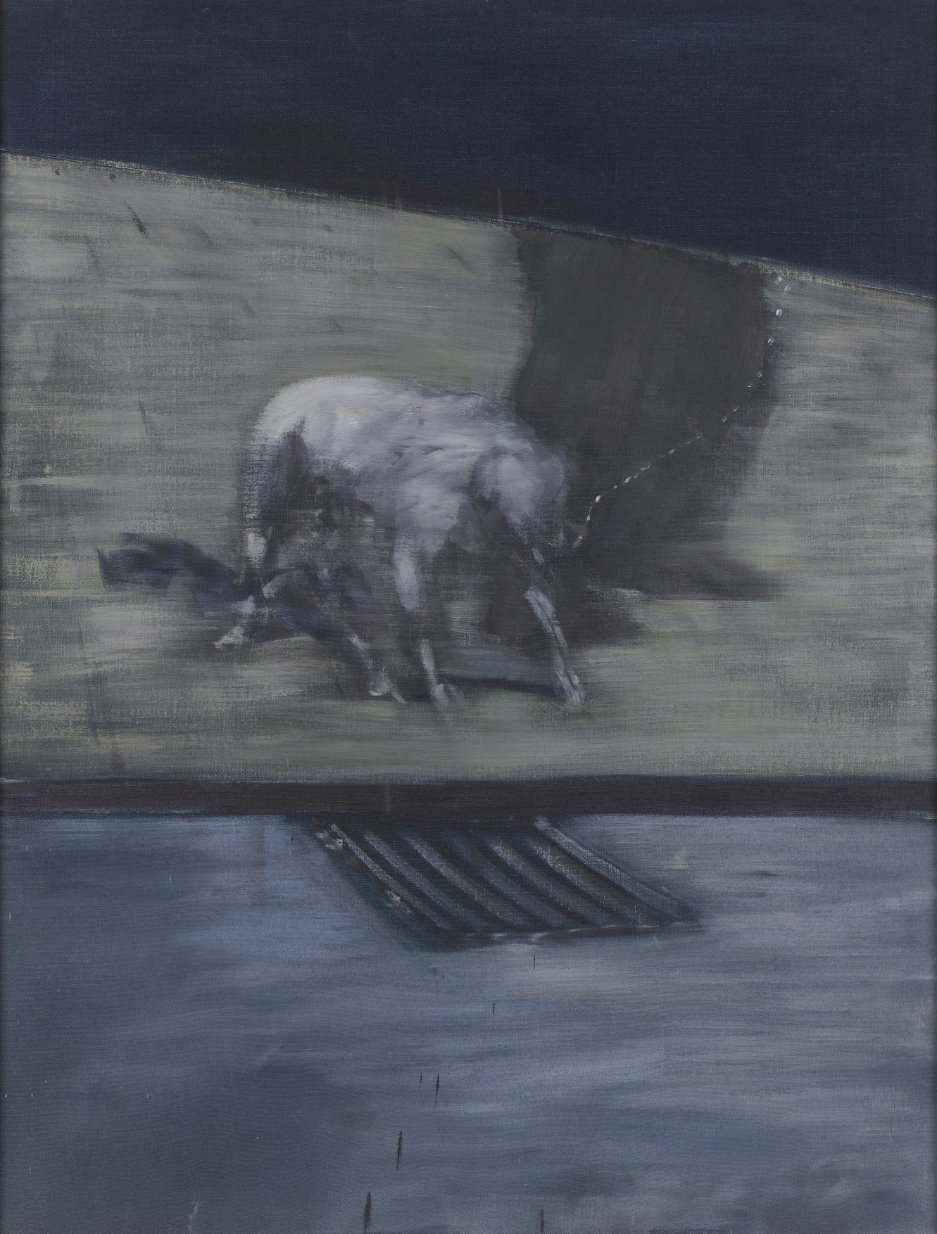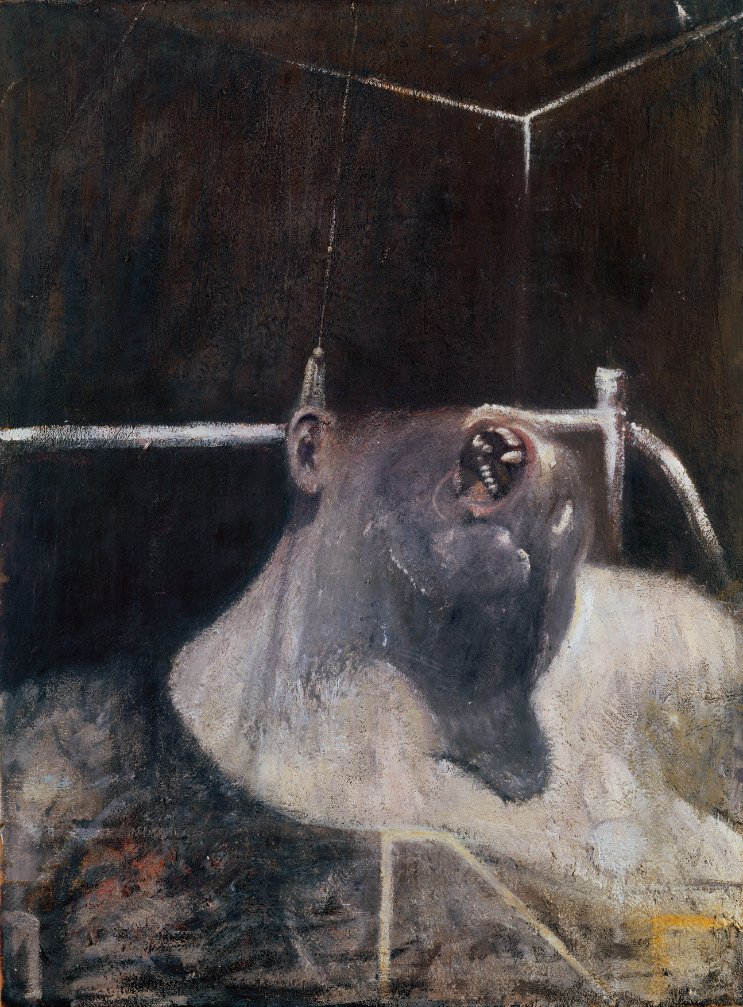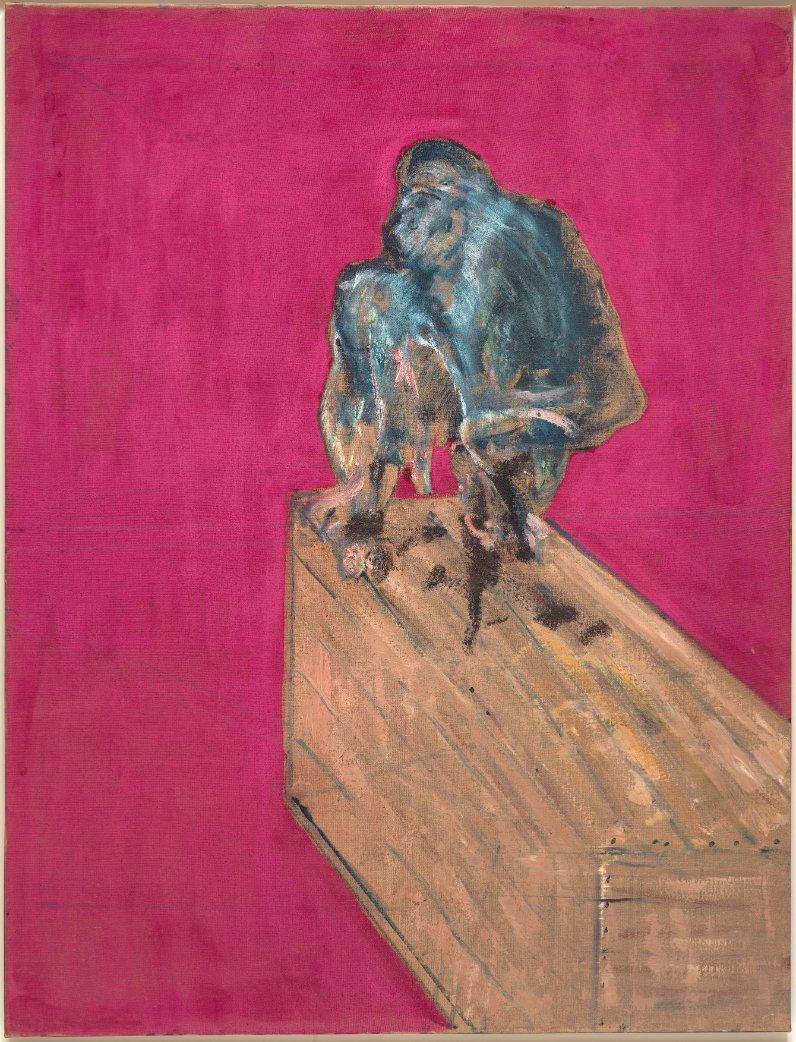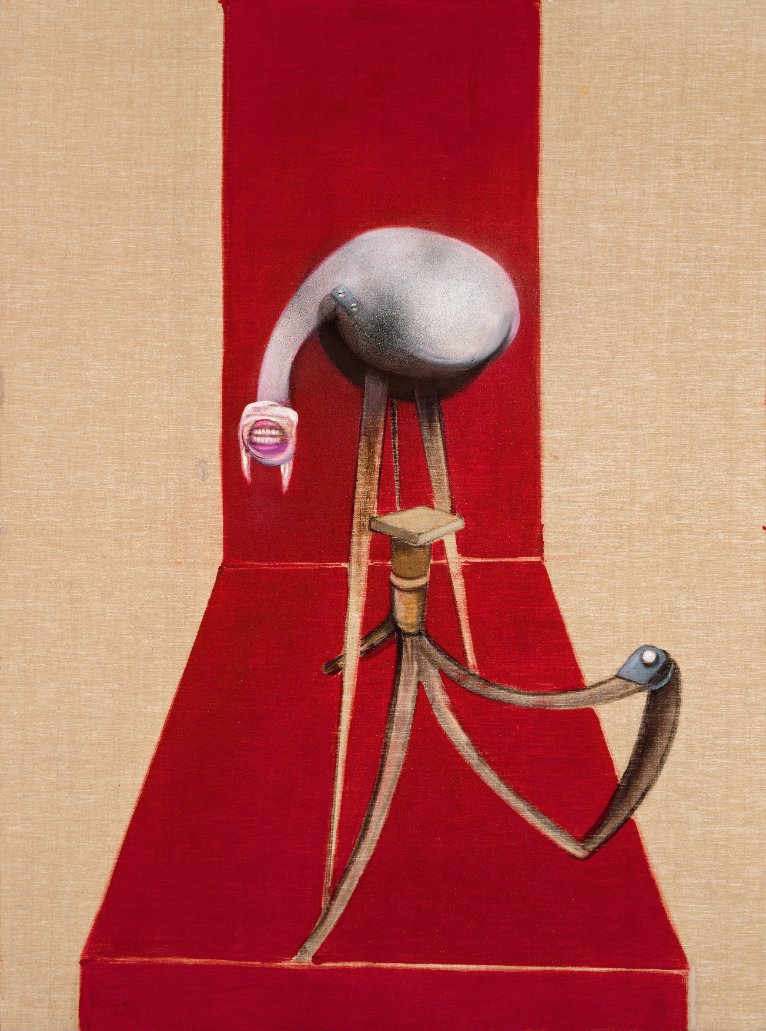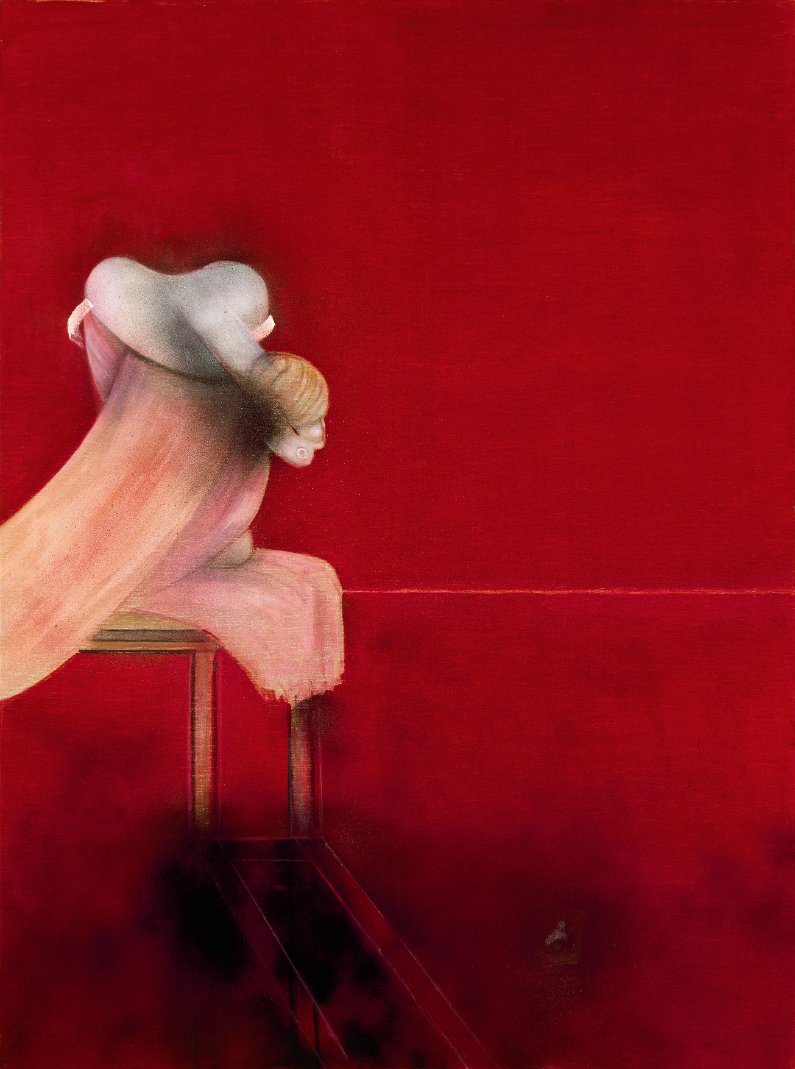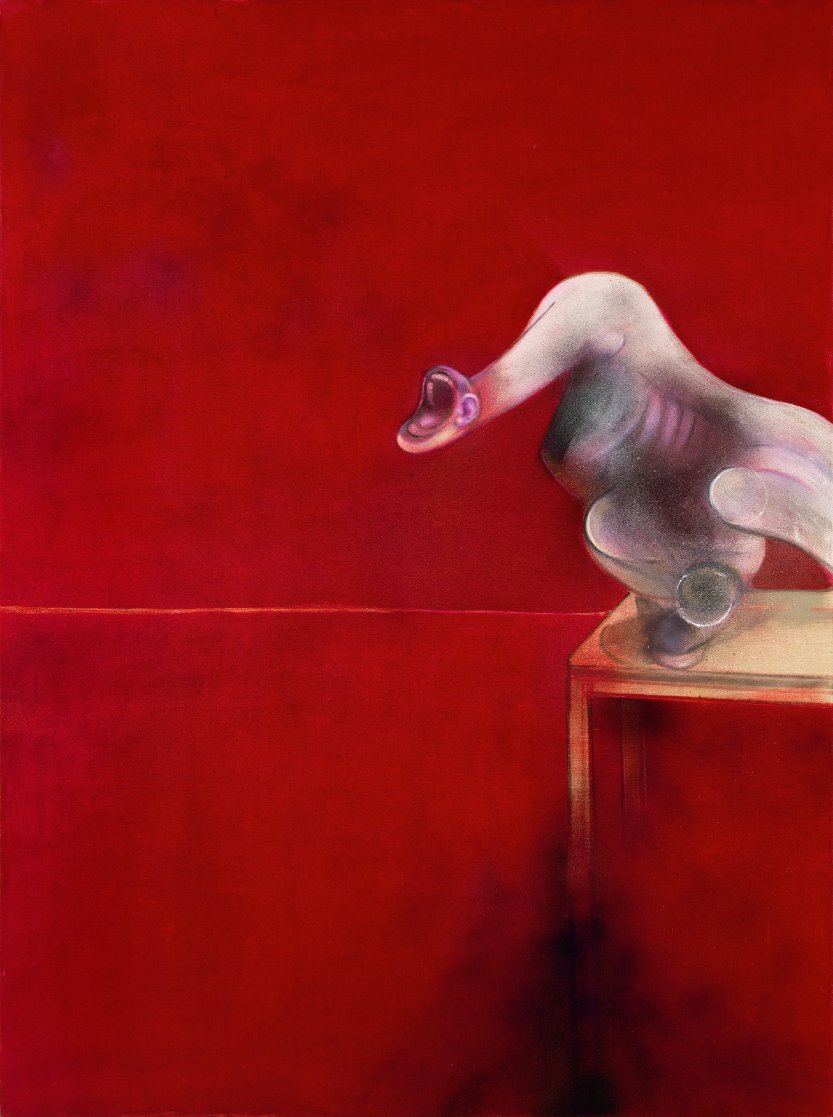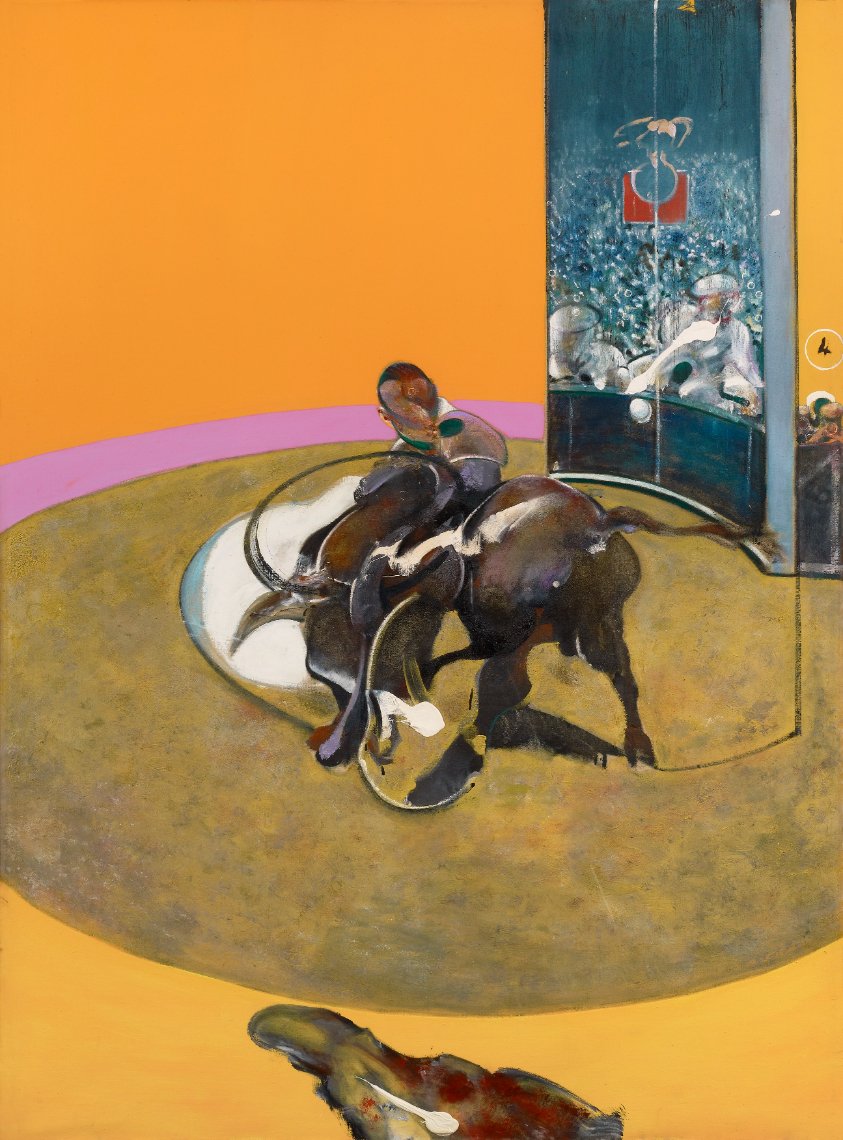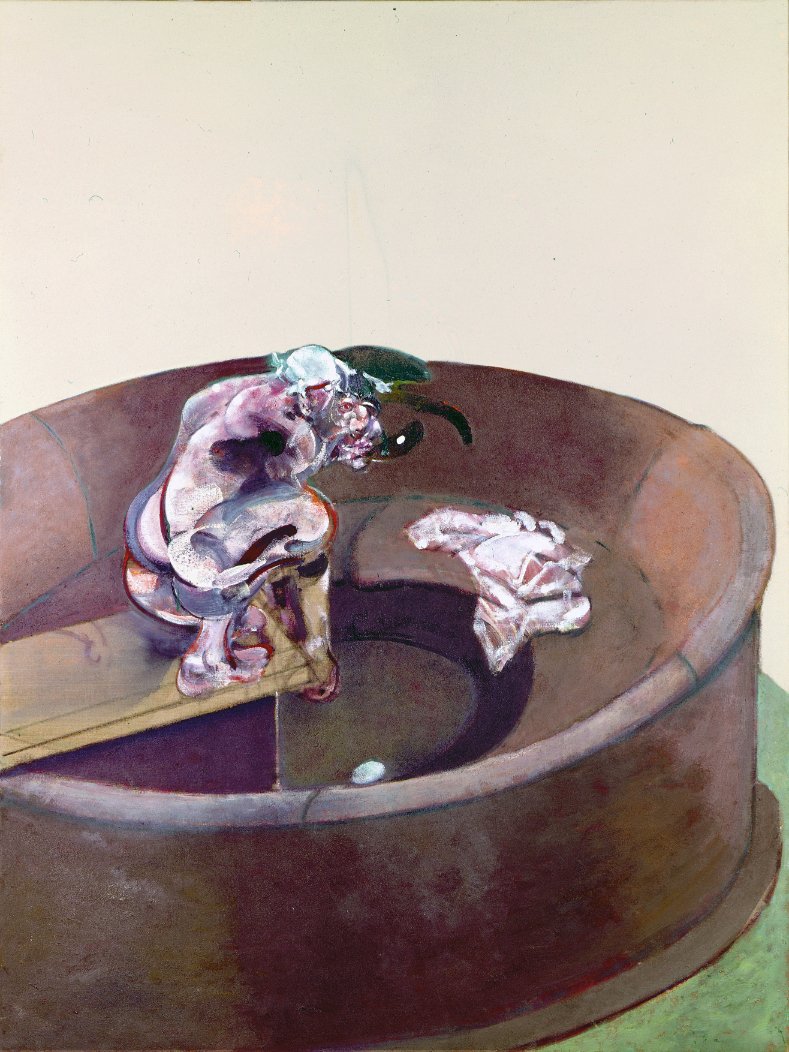Marina Abramović
The Current, 2017
Video; 1 hour 35 mins
Courtesy of the Marina Abramović Archives
Originally trained as a painter at the Academy of Fine Arts in Belgrade, Marina Abramović turned to performance in the early 1970s and established the hallmarks of her practice: every day actions ritualised through repetition and endurance. She is a pioneer in using the live body in her work and has consistently tested the limits of her own physical and mental tolerance. Abramović has continued to navigate a space between the personal and the social, the conceptual and the existential, the physical and the spiritual. From 1975–88, Abramović collaborated with her then partner, the German artist Ulay, exploring male and female dualities. Returning to solo performances in 1989, the artist further tested boundaries with the creation of performative objects, performances to camera and audience participation.
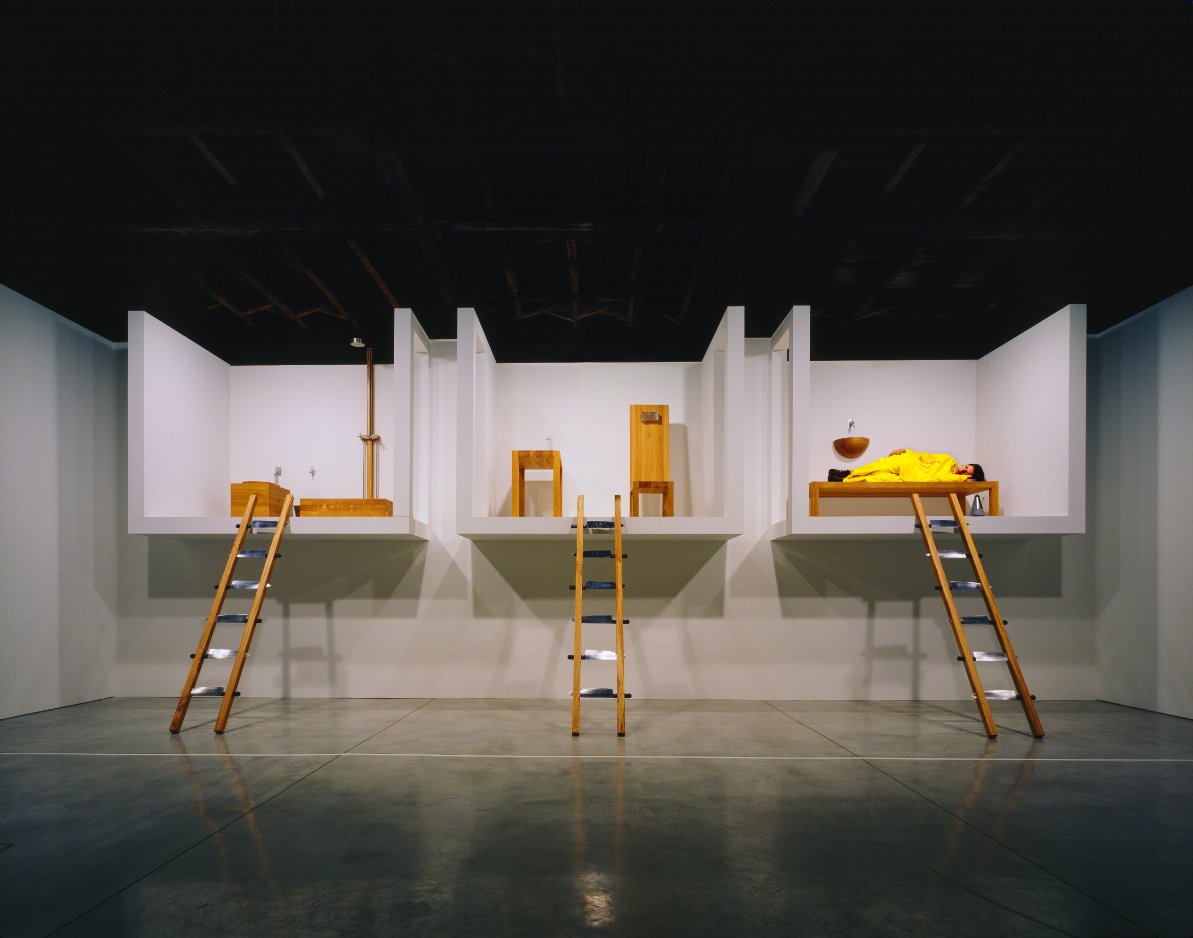
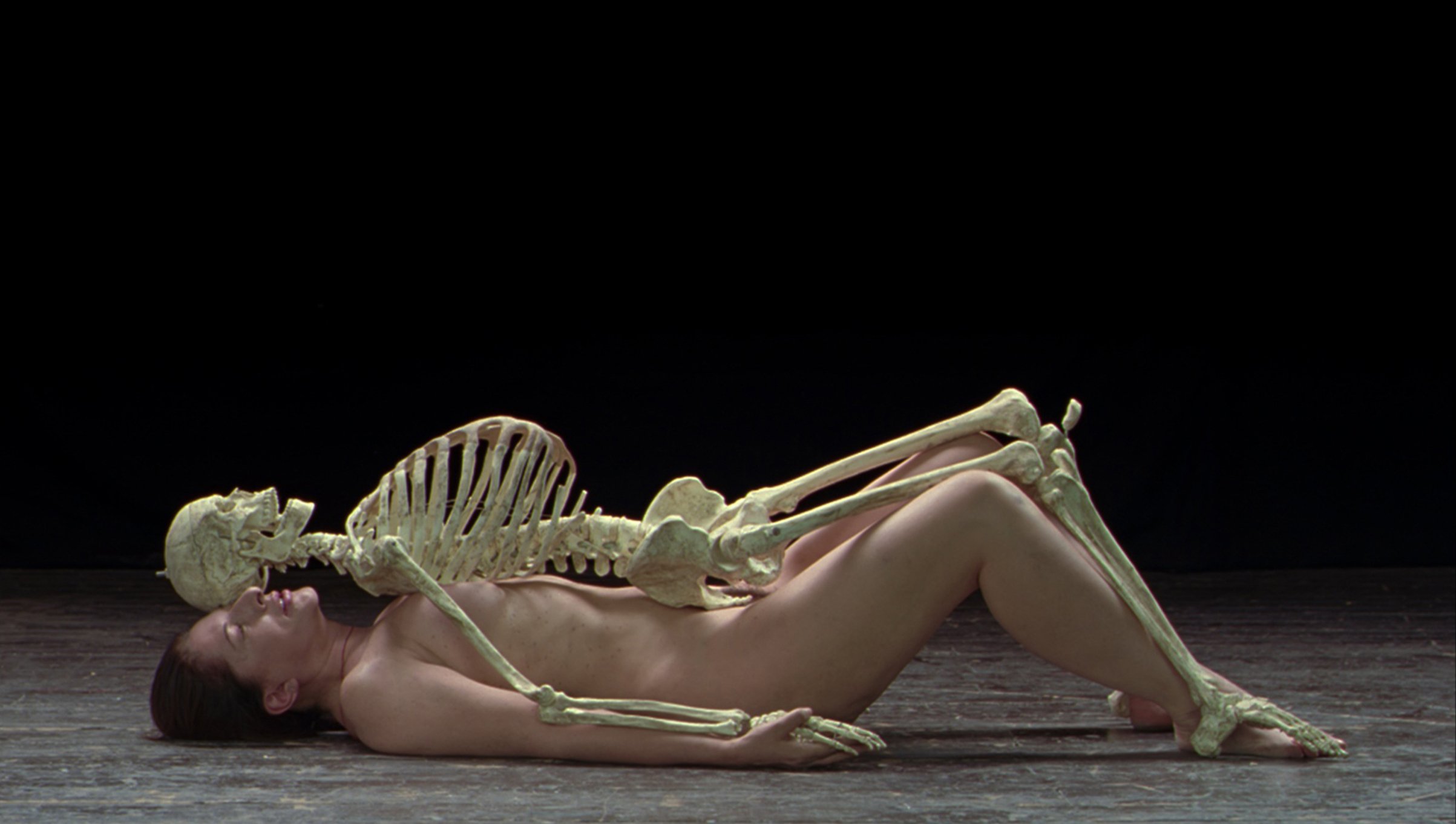



The exhibition opens with Public Participation, featuring two works in which Abramović famously engaged directly with her audience: from the radical physical interaction of Rhythm 0, 1974 to the quiet stillness of The Artist is Present, 2010. Held 36 years apart, the two works encapsulate the development of her practice. Following on, The Communist Body foregrounds Abramović’s origins in the former Yugoslavia and how Communist ideals, experienced socially as well as personally, have informed her practice. Works featured here include Rhythm 5, 1974 (London, Lisson Gallery) and The Hero, 2001. The artist has spoken of the Balkan mind as ‘baroque’, in reference to what she describes as dramatic extremes of expression and emotion. Also included is Balkan Baroque, 1997, a work related to the Balkan wars of the 1990s.
Marina Abramović will be on view until January 1st at Royal Academy Of Arts, Burlington House, London

